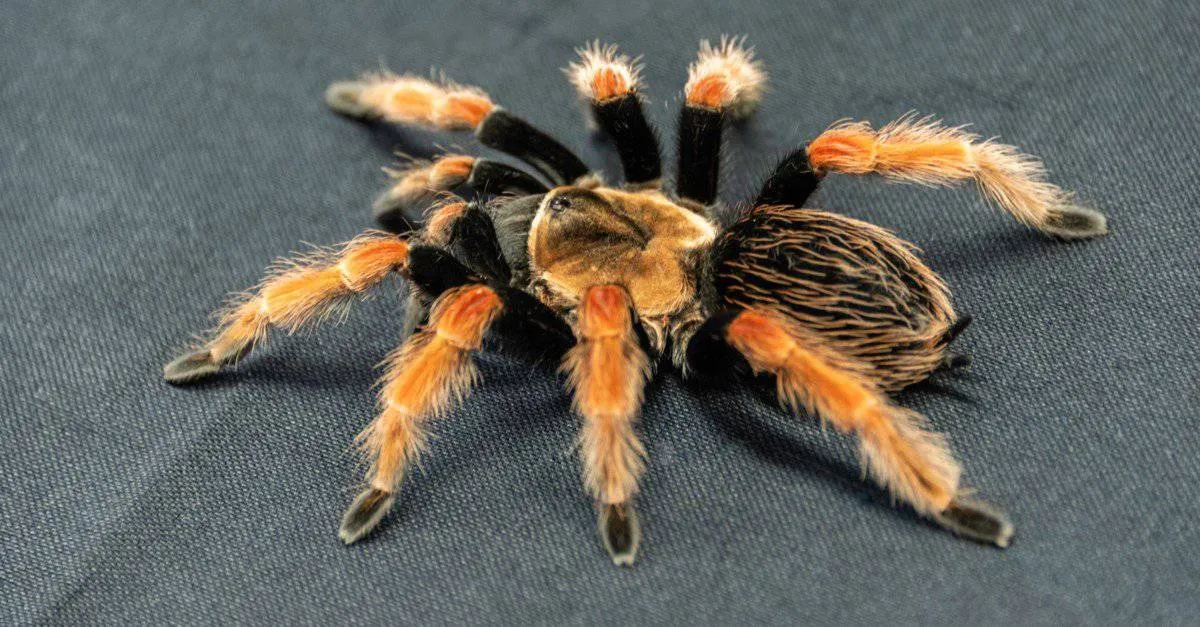Tarantula Diet Top 5 Facts
Tarantulas, with their impressive size and captivating presence, have always fascinated both scientists and enthusiasts. Understanding their diet is crucial to appreciating their role in the ecosystem and providing proper care for those kept as pets. This article delves into the top 5 facts about a tarantula’s diet, exploring what they eat in the wild and in captivity, as well as the factors influencing their feeding habits. From the insects they voraciously consume to the occasional small vertebrates, we’ll uncover the fascinating world of tarantula nutrition. Moreover, we will highlight the importance of proper feeding techniques and how environmental conditions can influence their appetite.
What Tarantulas Eat in the Wild
In their natural habitats, tarantulas are opportunistic predators, meaning they will eat whatever they can catch and subdue. Their diet varies depending on the species and the availability of food in their specific environment. The primary focus of their diet is usually on insects, providing them with essential nutrients for growth and survival. This includes a wide range of insects, from crickets and grasshoppers to cockroaches and beetles. Tarantulas use their strong fangs to inject venom into their prey, paralyzing and starting the digestive process.
Insects as a Primary Food Source
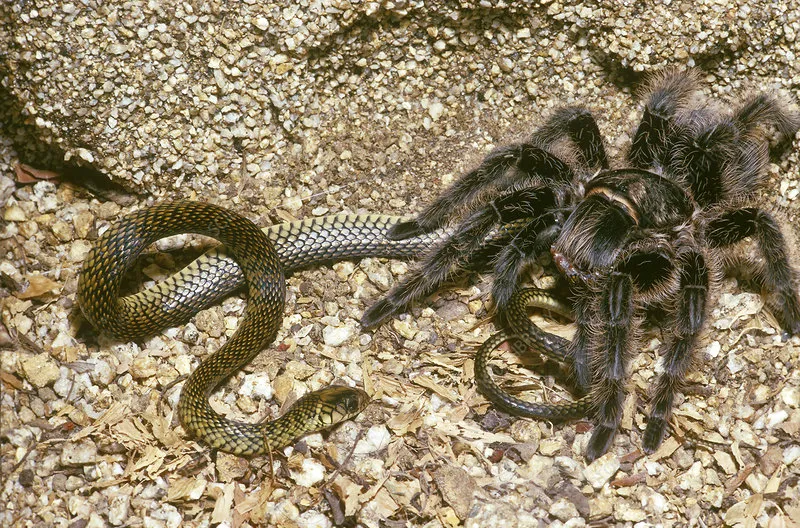
Insects form the cornerstone of a tarantula’s diet in the wild. These arachnids are voracious eaters and rely on insects to fulfill their nutritional needs. The types of insects consumed can vary, but common prey includes crickets, grasshoppers, beetles, and other readily available bugs. Tarantulas are well-equipped to hunt and capture these insects. Their bodies are covered in sensory hairs that detect vibrations, helping them locate their prey. Once they’ve found an insect, they quickly pounce, injecting venom to immobilize it before consuming it.
Small Vertebrates in Tarantula Diets
While insects are the main course, tarantulas are not averse to including small vertebrates in their diet when the opportunity arises. This can include small lizards, rodents, or even birds. The ability to capture and consume these larger prey items demonstrates the tarantula’s strength and predatory skills. They often ambush their prey, waiting patiently until the opportune moment to strike. The inclusion of vertebrates in their diet provides tarantulas with a more diverse range of nutrients, supporting their growth and overall health. However, vertebrates are not a regular part of their diet and are consumed only when available.
How Tarantulas Hunt Their Prey
Tarantulas are skilled hunters, employing various techniques to capture their meals. They are primarily ambush predators, meaning they wait for their prey to come within striking distance before launching their attack. They often construct burrows or hide in sheltered locations, patiently waiting for an unsuspecting insect or other small animal to wander by. Their hunting strategy involves a combination of stealth, speed, and the effective use of venom. This allows them to quickly subdue their prey, ensuring a successful hunt.
Ambush Predators and Their Techniques
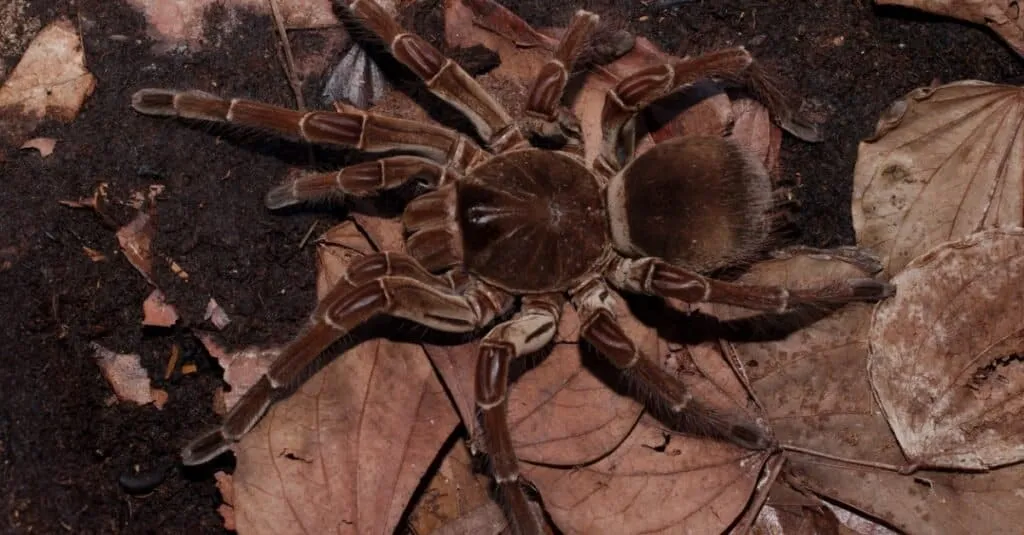
As ambush predators, tarantulas rely on patience and stealth. They often remain motionless for extended periods, camouflaged within their surroundings, waiting for an opportunity to strike. Some species dig burrows, lining them with silk to create a secure waiting area. When prey comes close, the tarantula swiftly emerges, using its fangs to inject venom. This paralyses the prey, allowing the tarantula to begin feeding. Other species are terrestrial and are masters of blending into their environment, using their coloration to remain hidden until the perfect moment to attack.
Venom and Its Role in Feeding
Venom is a critical tool in a tarantula’s feeding process. It serves multiple purposes, from subduing prey to initiating the digestive process. The venom contains neurotoxins that quickly paralyze the insect or small vertebrate. It also contains enzymes that begin to break down the prey’s tissues, making it easier for the tarantula to consume. The tarantula then uses its chelicerae (fangs) to tear and mash the prey, further liquefying the internal organs. The tarantula then sucks up the liquefied nutrients, leaving behind a ball of undigested material.
Feeding Tarantulas in Captivity
Caring for a tarantula in captivity involves providing a suitable diet that mimics their natural feeding habits. It is crucial to offer a variety of food items that meet their nutritional needs and keep them healthy. Proper feeding techniques and the selection of appropriate prey are essential for ensuring the well-being of pet tarantulas. In captivity, their diet can be controlled, ensuring they receive a balanced and nutritious intake. It is also important to consider the frequency of feeding and the amount of food offered, as these factors can influence the tarantula’s health and growth.
Appropriate Prey for Pet Tarantulas
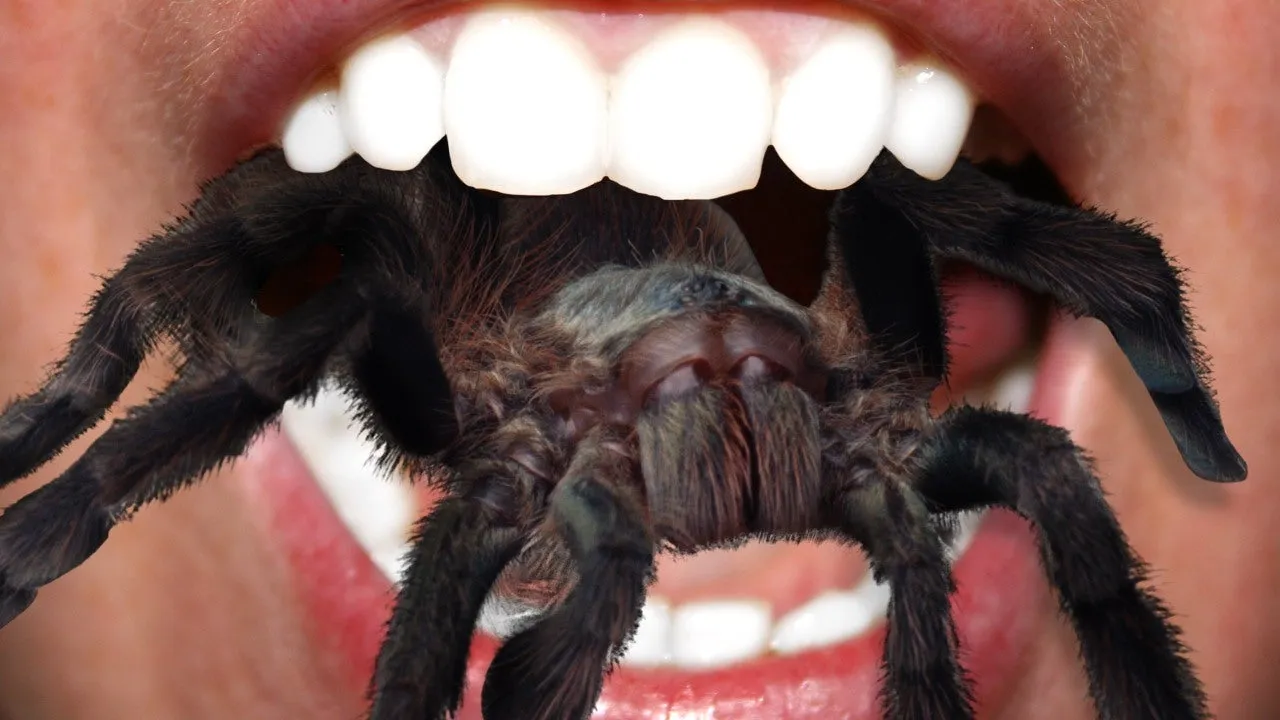
The best prey for pet tarantulas consists of insects readily available at pet stores or online. Crickets, mealworms, and cockroaches are popular choices. It is important to ensure the insects are gut-loaded before feeding them to your tarantula. Gut-loading involves feeding the insects nutritious food a few hours before offering them to the tarantula. This enhances the nutritional value of the prey, providing the tarantula with essential vitamins and minerals. The size of the prey should be appropriate for the tarantula’s size; it should not be larger than the tarantula’s abdomen. Remove uneaten prey after a certain period to prevent stress on the tarantula.
Frequency and Amount of Feeding
The frequency of feeding depends on the tarantula’s age and the species. Juvenile tarantulas typically require more frequent feeding, usually every few days. Adult tarantulas can be fed less often, sometimes once a week or every other week. Overfeeding can lead to health problems, such as obesity and molting difficulties. The amount of food should be adjusted based on the tarantula’s appetite and overall health. Observe your tarantula’s abdomen; a well-fed tarantula should have a slightly rounded abdomen, but not excessively so. It is also vital to provide fresh water, always accessible to the tarantula.
Factors Influencing Tarantula Appetite
Several factors influence a tarantula’s appetite and feeding behavior. These include the tarantula’s life stage, environmental conditions, and overall health. The understanding of these factors is critical for providing the appropriate care and ensuring the well-being of your pet tarantula. By monitoring these factors, you can make informed decisions about when and how to feed your tarantula. Proper attention to these influences can significantly contribute to a tarantula’s health, promoting proper growth and molting.
Life Stage and Growth
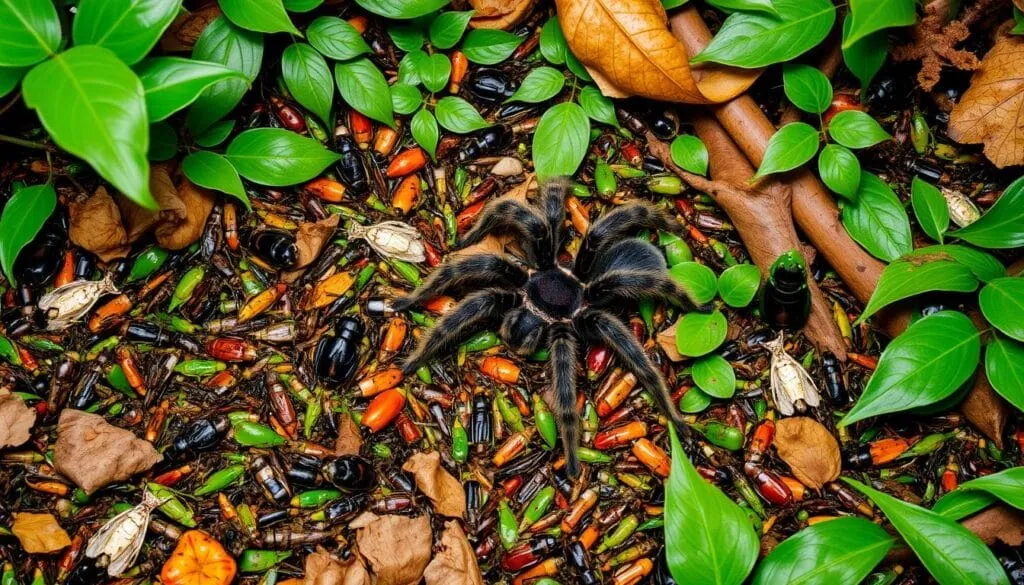
A tarantula’s appetite and feeding habits change throughout its life. Juvenile tarantulas, which are actively growing, require more frequent feeding to support their rapid development. As they mature, the frequency of feeding decreases. During molting, a tarantula will typically stop eating altogether. Molting is the process of shedding their exoskeleton to allow for growth. After molting, the tarantula’s appetite will increase as they are vulnerable and need to replenish their energy. The growth stage determines the need for nutrients, dictating the food intake.
Environmental Conditions
Environmental conditions also play a significant role in influencing a tarantula’s appetite. Temperature and humidity levels must be appropriate for the tarantula’s species. Incorrect environmental conditions can cause the tarantula to become stressed, reducing its appetite. In addition, the presence of other disturbances, such as excessive noise or handling, can also affect feeding behavior. Providing a secure and stable environment will help encourage healthy feeding habits. It’s essential to research the specific requirements of your tarantula species to create the ideal conditions.
Conclusion
Understanding a tarantula’s diet is a fascinating journey into the world of these incredible arachnids. From their wild feeding habits to the specifics of caring for them in captivity, knowing their dietary needs is key to ensuring their well-being. Tarantulas are primarily insectivores, with their diet shaped by their environment, life stage, and surrounding conditions. By understanding what tarantulas eat, how they hunt, and how to feed them properly, you can become a responsible and informed pet owner. This understanding promotes their health and contributes to a deeper appreciation for these remarkable creatures.
